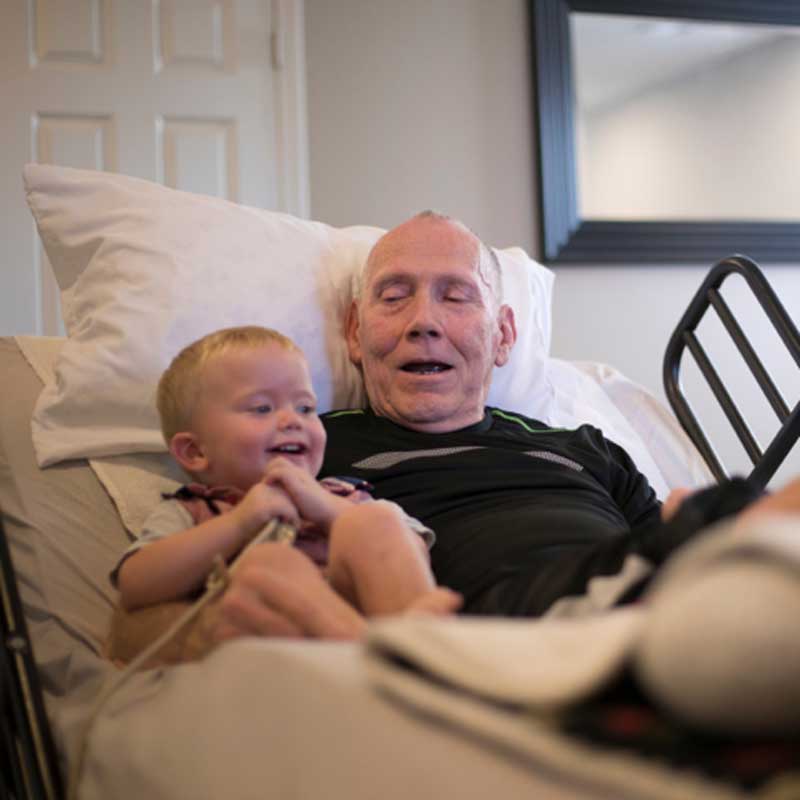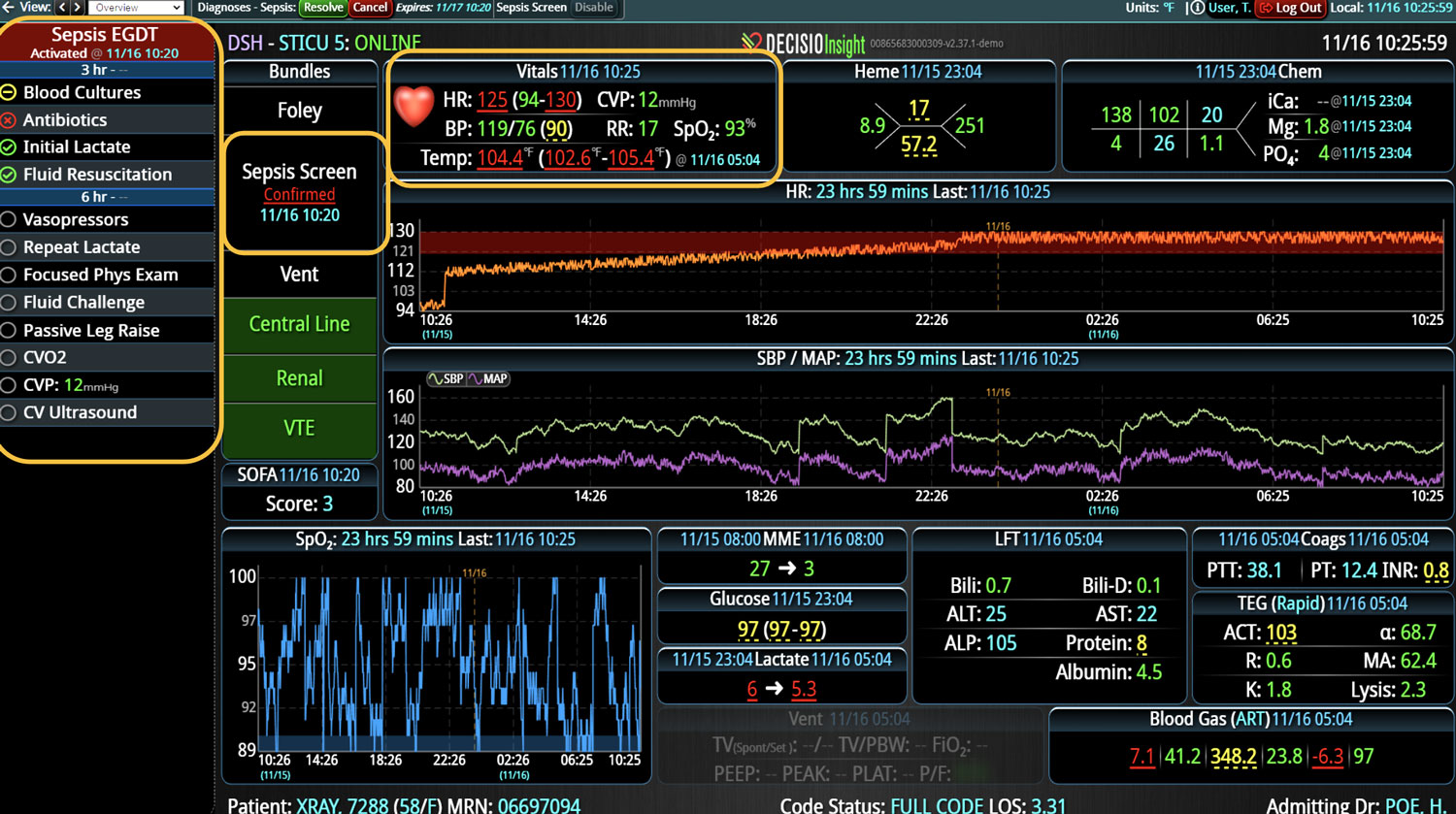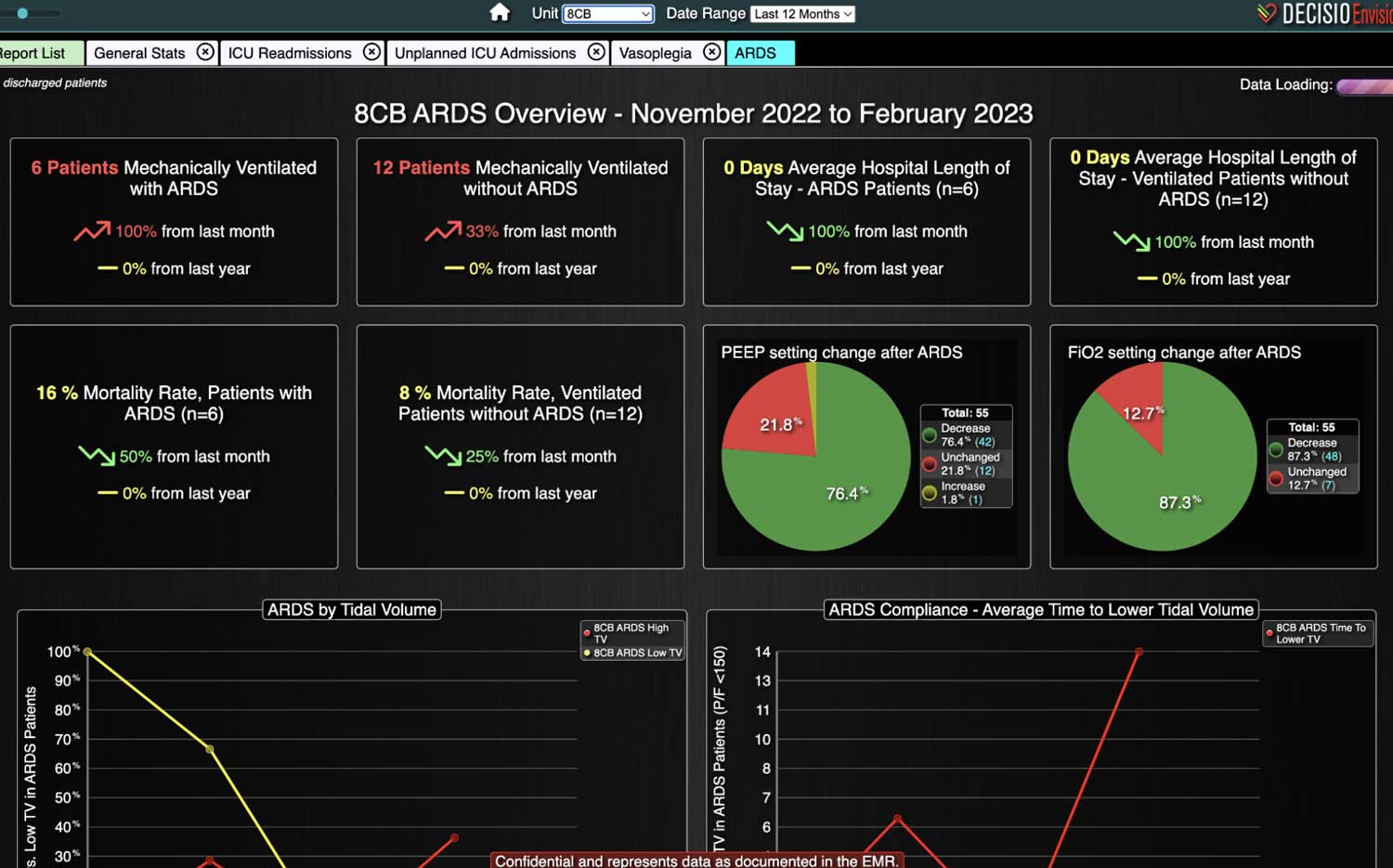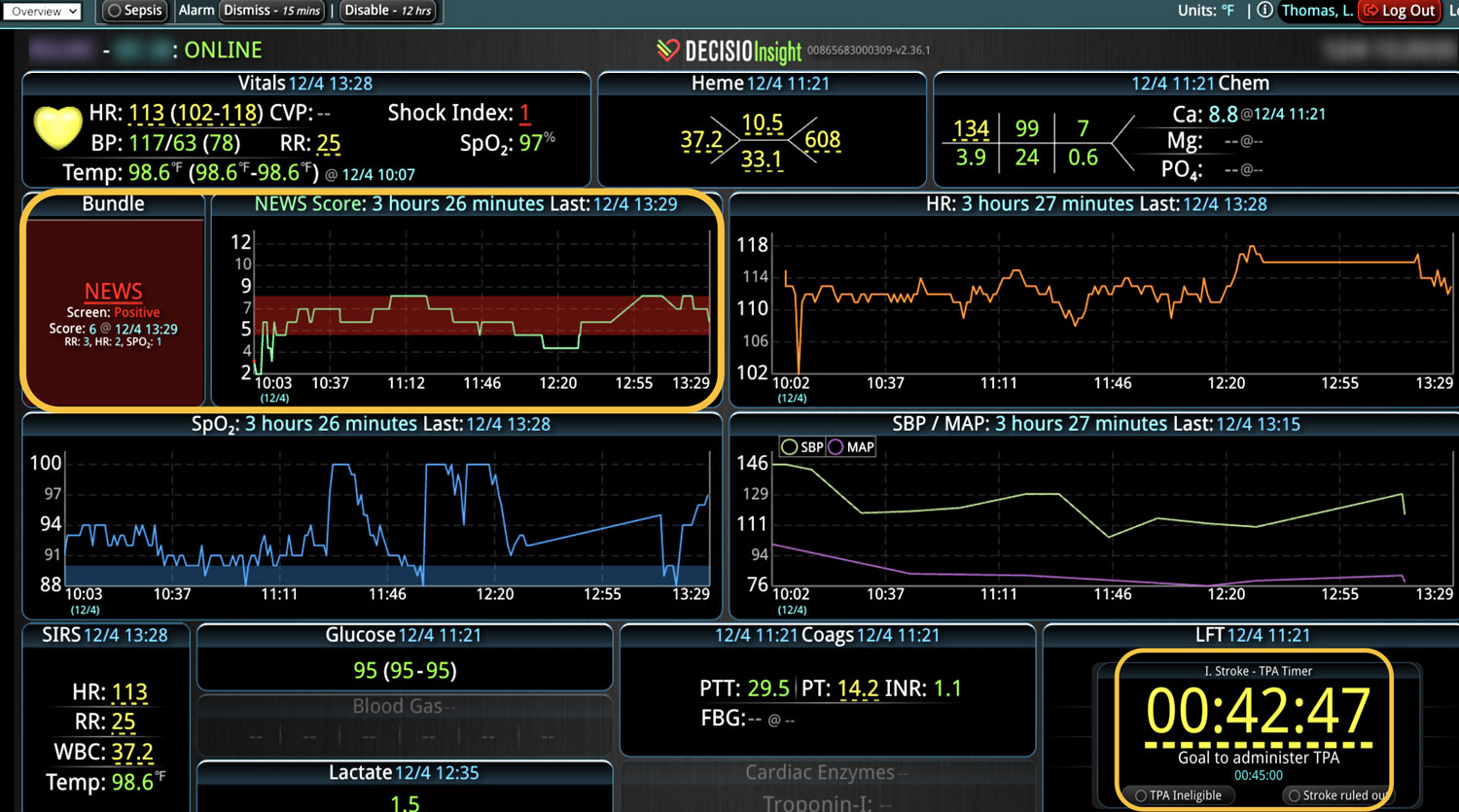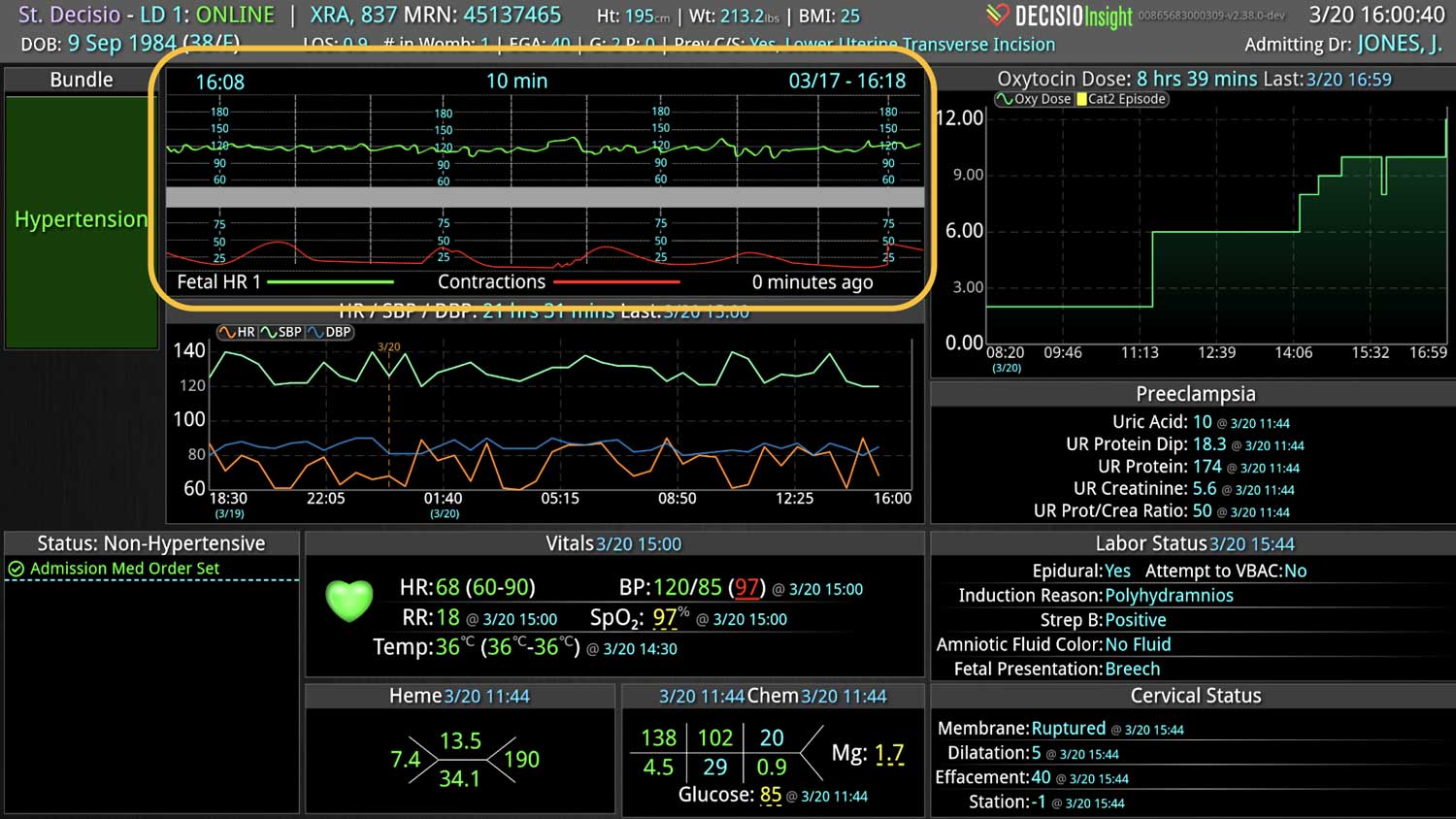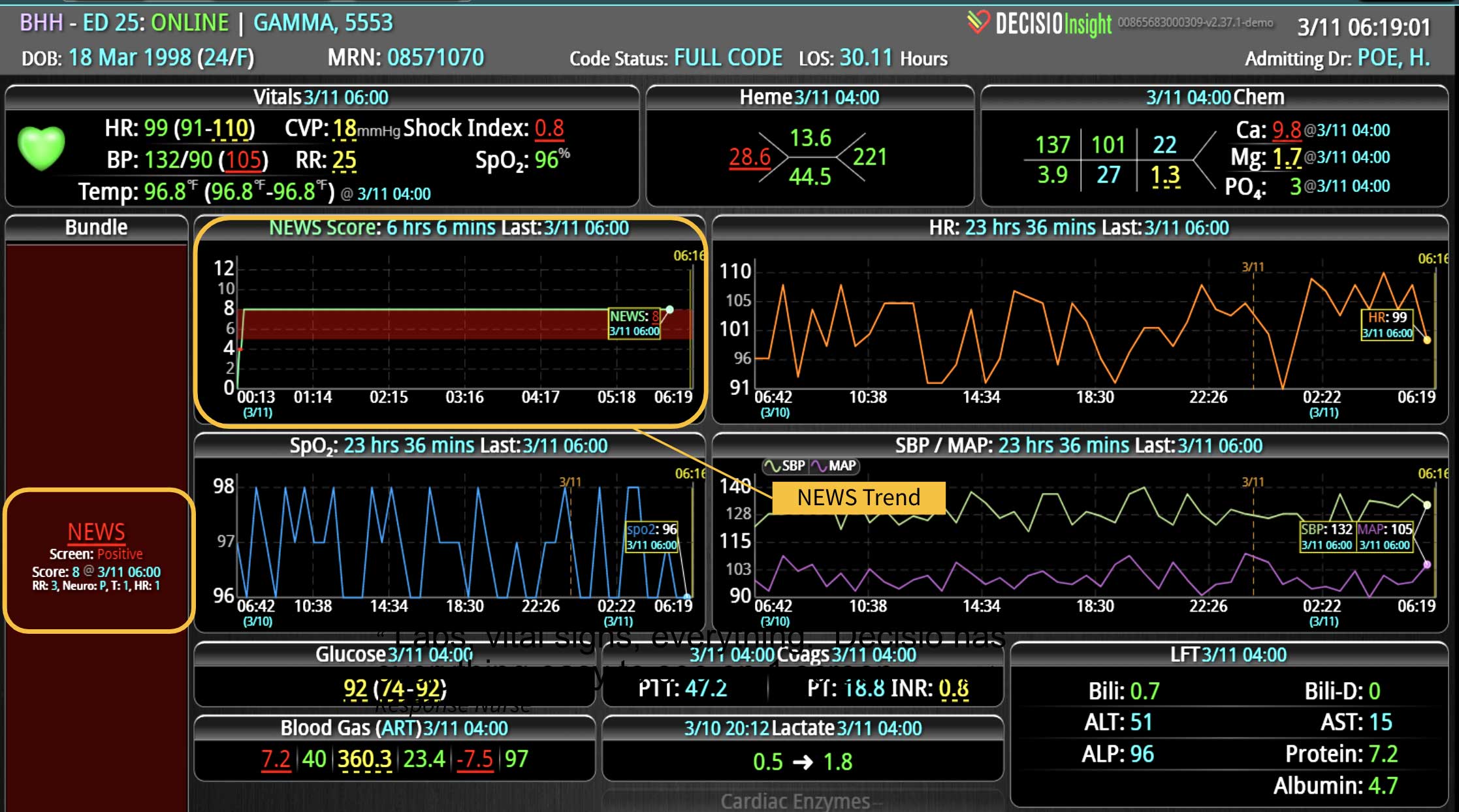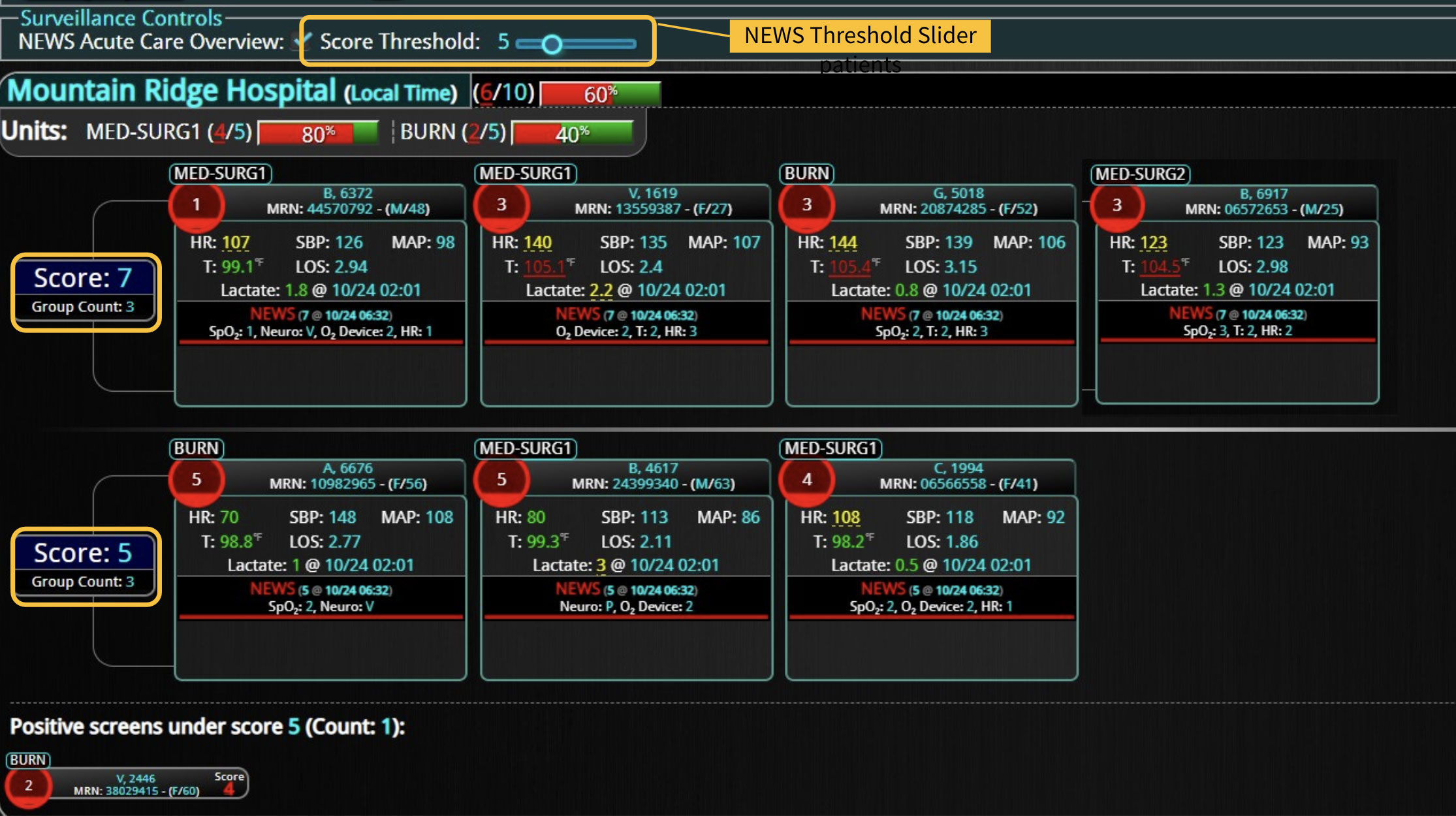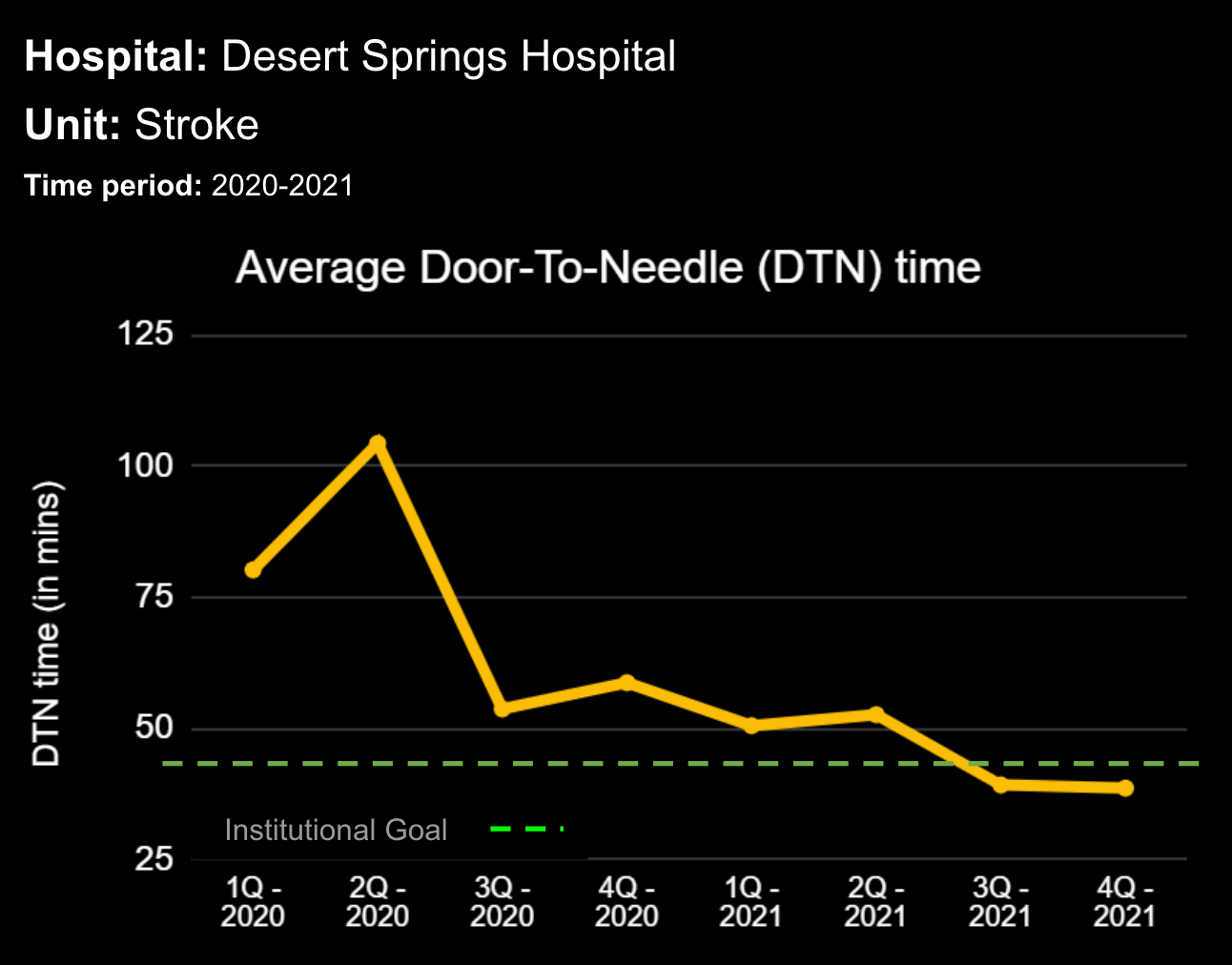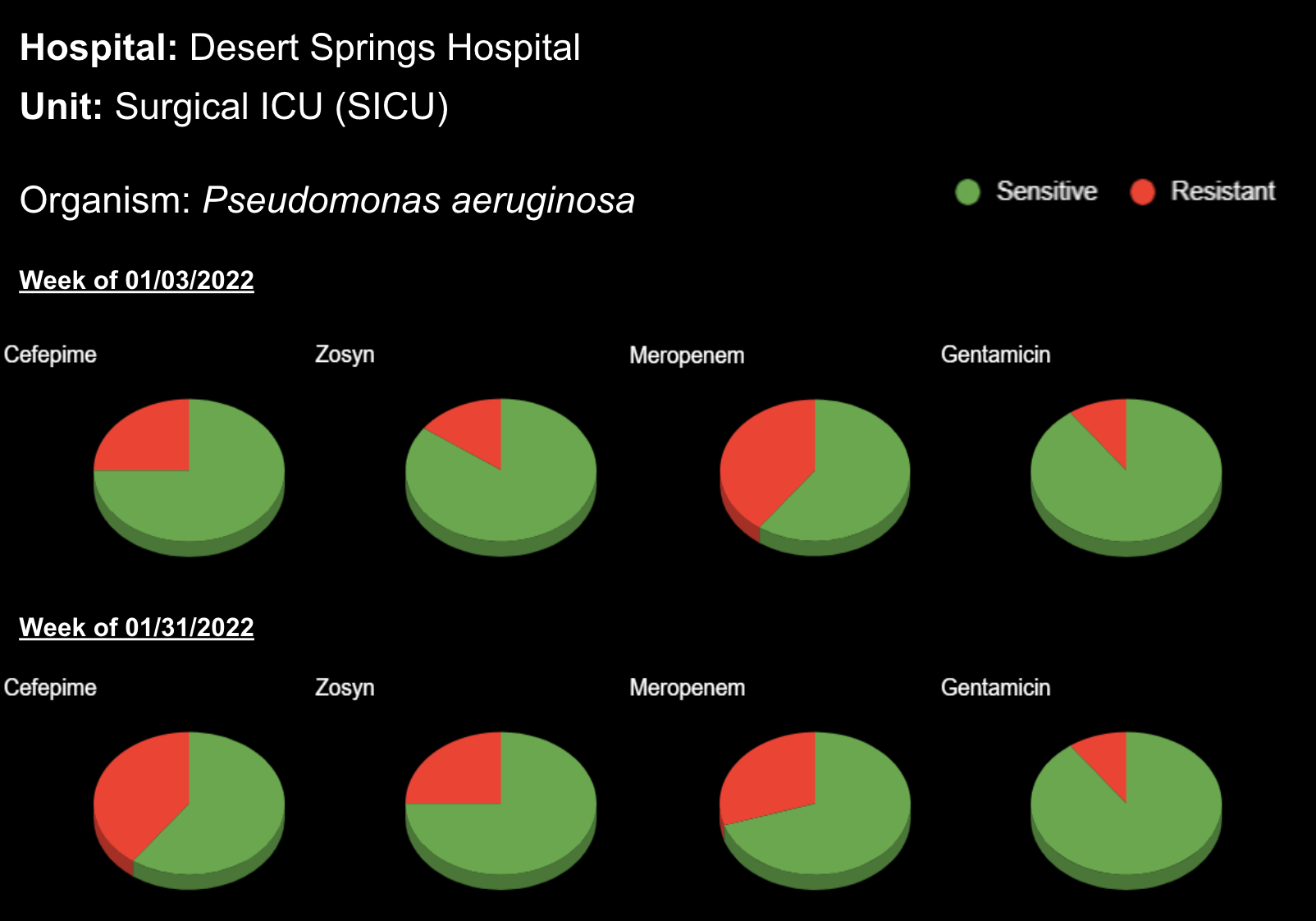06 Mar The importance of effective, family-centered communication
Hospital or clinic visits can inspire anxiety, fear, or dread in many people. A clinical environment can provide an unsettling atmosphere as many do not have extensive knowledge or experience with medical situations. In fact, many people suffer from white-coat syndrome wherein individuals experience a temporary rise in blood pressure in clinical settings. Often, patients and family caregivers are overwhelmed by the stress of the situation, which can make understanding and processing massive amounts of complex medical information extremely difficult. Thus, clear communication between the clinical team, patient, and family caregivers is at the core of the ideal patient experience and outcome. It is critical that medical communication is family-centered. Family members of patients often wish for up-to date information and details regarding their potential roles in care plans during and after hospital visits.1,2 To avoid misunderstandings concerning treatment, follow-up instructions or the severity of a patient's condition, clinical teams must prioritize effective communication strategies that educate the entire family.3 Counseling patients and families on current care and postcare plans cultivates open communication and transparency, which can be fundamental to a full recovery.4 Involving family members also allows the counseling to be more reflective of a patient’s current life situation. This...





